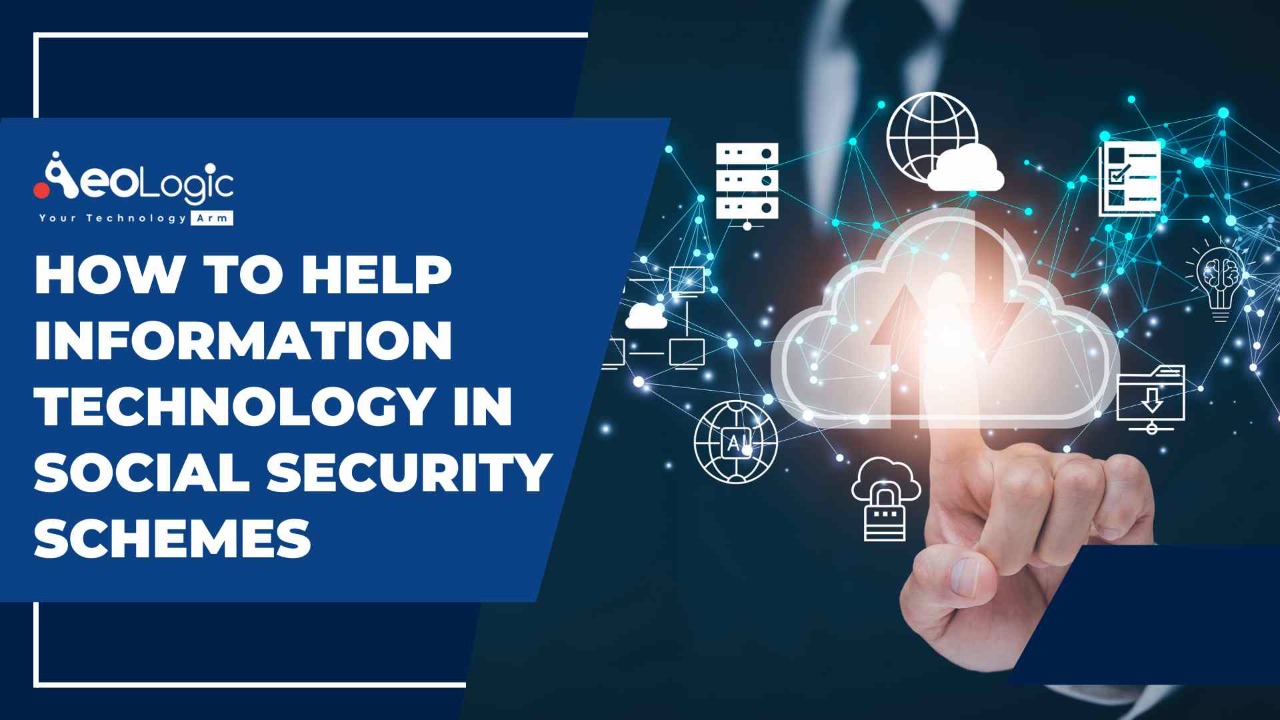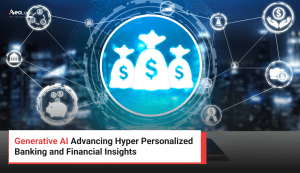Information technologies now penetrate all features of human activities. From the way we interact, move around, purchase goods, travel, and seek jobs. It is also influencing information technology in social security schemes. The impact of mobile phones, social media, artificial intelligence, data analytics, and the Internet of Things on social security and modern society is becoming immeasurable. And it will increase in the years to come.
As the COVID-19 pandemic is raging like wildfire on a global scale. Humanity is neck-deep in responding with every instrument, resource, policy, and strategy that is at its disposal. We have all observed unprecedented measures including lockdowns, curfews, quarantines, social distancing, and restricted travel.
In this respect, countries that generally have a huge formal workforce are racing to put in place strong economic measures. Such as unemployment insurance schemes, government-guaranteed interest-free loans for businesses, and improved social security programs for vulnerable populations. This is how information technology in social security schemes will help to manage the pandemic.
Also Read: Role of Information Technology in Business Environment
Simplifying information and other business needs for COVID-19 social protection interventions.
The COVID-19 social protection response should be simple in implementing and considering the contextual constraints. As well as opportunities for low- and middle-income countries. A major consideration in the design is the information parameters that need to be accumulated. In order for registering the beneficiaries and delivering the payments. Overall, there is a universal consensus among social protection experts that this is not the time to devise restrictive poverty-targeted schemes. Therefore, important information parameters such as ID numbers, names, addresses, and mobile numbers (if needed for delivery) should be gathered. Instead of additional monitoring information such as household composition, assets, and socio-economic details. Furthermore, it is important that the complete process incorporates key human rights considerations. For example, the right to privacy and data confidentiality.
Also read: The Importance of Information Technology in Business Today
Building on existing integrated information management systems and payment platforms.
Countries that have already invested in integrated Management Information Systems (MISs) connected to payment service provider systems, and/or employ electronic payment platforms that use two-factor payment mechanisms should use these technologies for funds requisition processes. In order to provide the payments rapidly. Cashless payment delivery, for instance, through mobile money accounts should be encouraged to prevent risks of crowding. Furthermore, re-using devices like, point-of-sale machines exacerbates the risk of spreading the pandemic.
Reusing administrative registries and self-registration technology mechanisms for reaching out to additional beneficiaries.
Another implementation of information technology in social security schemes is reusing administrative registration technology measurements. Electronic single windows for social protection and other digital self-registration mechanisms, which are based on the web, mobile, or USSD technologies can be utilized to fast register new beneficiaries. Where existing registries exist, rapid assessments should be made on their relevancy for several types of social protection interventions. As well as their confidentiality requirements and data protection.
Coordinating with existing governance systems.
Several countries are establishing emergency response teams at the national and sub-national levels. These teams are coordinating interventions and ensuring that responses are safe and effective. Equally for beneficiaries and the general public.
Also read: How to Technology Help in Government Schemes in India
Conclusion
To sum up, it is worth ensuring that the information technology in social security schemes is connecting to wider social protection systems as part of creating a comprehensive system. Additionally, this system is truly resilient to pandemics as well. Social protection systems should be more than the shock-responsive, poverty-targeted systems of previous years. They should be inclusive, lifecycle social security systems that identify that we are all vulnerable and at risk of falling into poverty.
If you are interested in upcoming technologies, connect with our industry experts at Aeologic Technologies.
FAQs
How information technology is impacting our society?
Technology impacts the way individuals communicate, learn, and think. It aids society and recognizes how people interact with each other on a daily basis. Technology acts an important role in society today.
What benefits information technology are bringing?
Let’s look at the advantages of IT as they impact your business.
- Augmented data security
- Information technology can improve your business
- Information technology leverages communication
- Enhanced productivity
- A broader talent net is one of the major advantages of Information technology
Related Blogs:
- Role of Information Technology in Knowledge Management System
- Information Technology to Support the New Values of the EV
- The Important of Information Technology in Port Terminal Operations
- Importance of Information Technology in Today’s World
- Information Technology Solutions for Healthcare
- The Role of IT in Supply Chain Management









